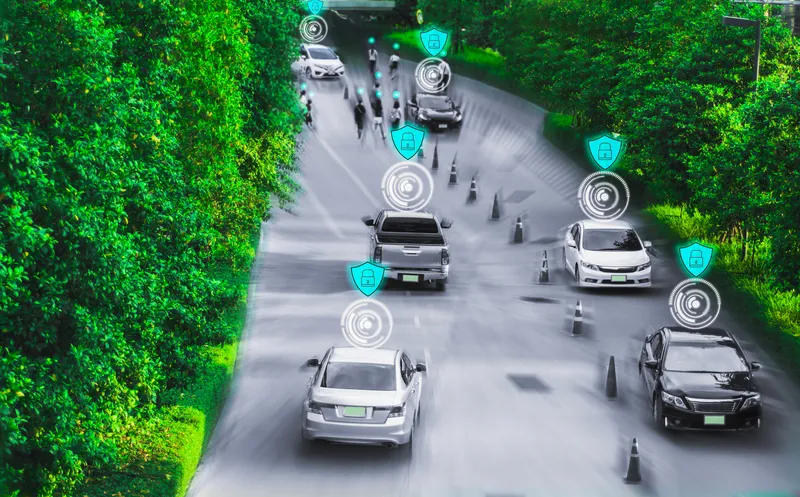
New research has found that driverless cars are six times safer and better at detecting a collision risk if they are trained using the most extreme - 'one-in-a-million' - examples of accidents and near-misses, rather than via more traditional approaches.
Imperial College London, DRisk.ai, DG Cities and Claytex used real-life examples of accidents crowd-sourced from the public in the D-Risk initiative, which was funded by Innovate UK as part of a project linked to the Centre For Connected and Autonomous Vehicles.
The research was conducted in the UK in February and March 2022, and looked at millions of hours of footage from CCTVs and dashcams.
This covered a wide variety of traffic conditions, hundreds of thousands of accident reports, and crowdsourced public stories of near-miss and chance accident scenarios.
D-Risk used the most unusual high-risk circumstances "to retrain the perceptual and control subsystems in AVs to deal with risky scenarios with greater accuracy".
It found that this can achieve a "six-fold improvement on the detection an incident or collision will occur compared to AVs trained using traditional accident data".
"AVs are twice as likely to be accurate in their detection of a collision risk without compromising performance on detecting other more frequent types of accident and can achieve a 20 times improvement on the ability to contend with highly difficult traffic conditions that would otherwise lead to serious or fatal accidents, without decreasing performance on handling everyday conditions," the researchers added.
The findings have been summarised in Virtual verification of decision making and motion planning functionalities for AVs in the urban edge case scenarios, a paper which has been submitted and accepted by the Society for Automotive Engineers (SAE).
“No deployment has yet been able to demonstrate this kind of accuracy when it comes to road safety,” explains Chess Stetson, CEO at DRisk.ai.
“To be commercially viable, driverless cars are going to have to deal with one-in-a-million edge cases — the complex, high-risk scenarios, which are individually unlikely but collectively make up the majority of risk. They include everything from poorly marked construction zones, abandoned vehicles, and oddly placed traffic cones to more extreme cases of wild animals in the road."
Regulators need this sort of information in AV pilots, "because it can help inform urban strategy, AV policy, insurance, safety standards and licencing”
D-Risk also explored the UK public’s perception of AVs and found that there is a large gap between perceived and actual safety that manufacturers, developers and regulators need to address.
In focus groups, people observed pairs of simulated videos of reconstructed accidents involving a sudden stop, turning right and overtaking a bike.
Participants weren’t told whether they were watching a human driver or a driverless vehicle - and in all three scenarios, people judged humans to be more dangerous, less predictable, slower and less accurate in their decision making than AVs.
The Imperial College team also performed large-scale group virtual reality (VR) experiments that measured participants’ movement around AVs.
Dr Panagiotis Andeloudis, reader and Head of Transport Systems and Logistics Laboratory at Imperial College London, says that VR experiments should be used to augment developers’ understanding of risk outside the cockpit and could help other organisations like insurers and town planners understand risk.
"Risk isn’t only about what happens behind the wheel. Pedestrians are not used to AVs and will be more unpredictable. By using VR to simulate scenarios where pedestrians come into contact with AVs, we can find more edge cases to plan for. Above all, it provides a proof-of-concept for fully testing the interaction of pedestrians with AV design.”










